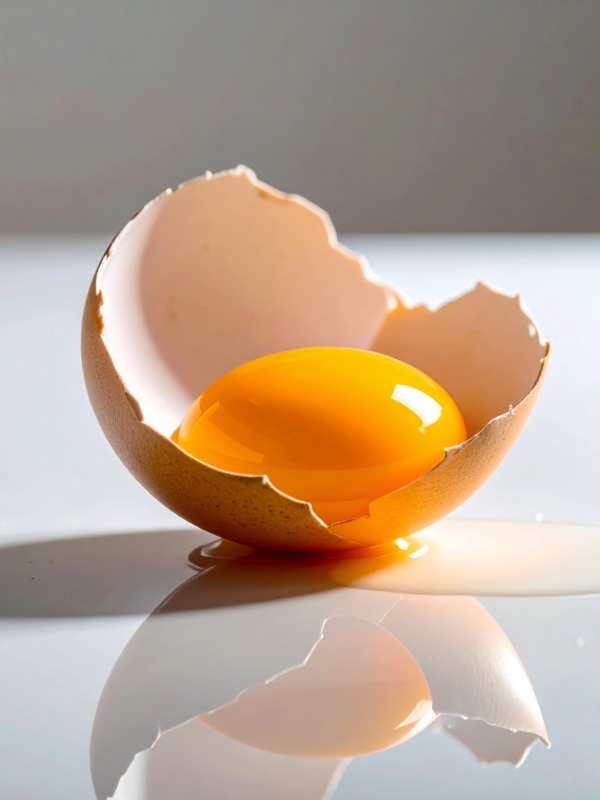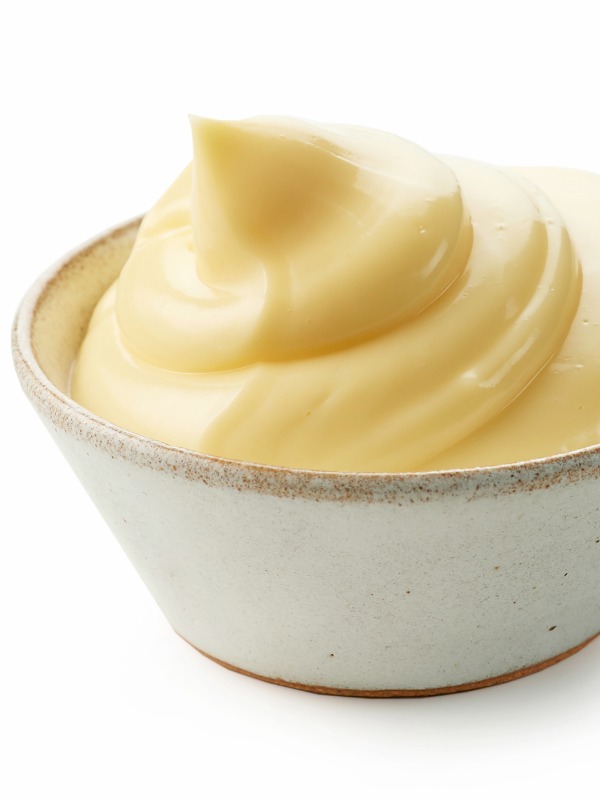The Real Reason Your Cakes Are Dry (and What Actually Makes a Cake Moist)

If you’ve ever wondered why your cakes turn out dry — even when you follow the recipe — you’re not alone. In baking groups everywhere, people suggest adding an extra egg, a spoonful of mayonnaise, or even instant pudding to make their cakes more moist.
But as a pastry chef, I can tell you that real moisture in cake doesn’t come from quick fixes. It comes from understanding how each ingredient behaves — and how balance, mixing, and temperature all work together to create that soft, tender crumb we all want.
Let’s unpack what’s really happening inside your batter.
(Want to skip the guesswork? My Cake Recipe Collection already has these ratios perfected for you.)
1. The Egg Dilemma: When More Isn’t Always Better
Eggs are multifunctional in baking. They contribute structure, richness, colour, and emulsification.
-
The yolk contains fat and lecithin, an emulsifier that helps bind water and oil together, enriching the crumb and adding smoothness.
-
The white, on the other hand, is almost pure protein. It gives strength and stability — but it also tightens the crumb as it cooks.
Adding an extra egg can make your cake richer or denser depending on the recipe’s balance of fat and sugar. If there isn’t enough fat or liquid to counteract the extra protein, that extra egg could actually dry your cake out.

2. The Mayonnaise Myth
The idea of adding mayonnaise to cake batter dates back decades. It was once promoted as a secret ingredient for soft chocolate cakes — but let’s look at what it actually does.
Store-bought mayonnaise is simply oil, egg, and acid that’s already emulsified. When you add it to your batter, you’re essentially adding more oil — often from refined seed oils and stabilisers. It can create the illusion of softness, but it doesn’t add true moisture.
Professional pastry chefs achieve softness through balanced formulation and proper mixing, not condiments. The problem with mayonnaise is that it alters the batter structure unpredictably and masks poor technique.
Pro tip: Focus on your creaming stage — whip your butter and sugar until pale and fluffy. This step traps air, which helps hold moisture evenly throughout the cake.
✨ Tired of guessing? The cakes in my Mini Loaf Cake: The Complete Framework are formulated for natural softness and shelf life, no mayo required.

3. Instant Pudding: The Illusion of Moisture
Instant pudding mixes are a common shortcut in home baking, especially in the US. They contain modified starches, gums, and artificial flavourings that trap and hold water. This can make a cake feel moist, but it’s not genuine moisture — it’s starch-based retention.
Over time, these additives can make the crumb dense or gummy, especially if the cake is stored for more than a day.
Pro tip: Instead of relying on mixes, focus on natural moisture retention through balanced fat, sugar, and liquid ratios. If you want longer shelf life, brush baked cakes with a light syrup infused with vanilla or citrus.

4. Oil vs Butter: The Texture Divide
Oil-based cakes often seem moister than butter cakes, and there’s a reason for that.
Butter solidifies as it cools, while oil stays liquid at room temperature. This means oil cakes retain a soft texture long after baking, whereas butter cakes can feel firmer once chilled.
However, butter brings unmatched flavour and structure. That’s why professional recipes often combine both — oil for tenderness, butter for flavour.
Pro tip: Try replacing 20–30 percent of your butter with a neutral oil such as grapeseed or light olive oil. You’ll keep the flavour of butter but add a little extra softness.
5. Buttermilk and Sour Cream: Natural Moisture Boosters
Acidic dairy ingredients like buttermilk, yogurt, and sour cream are some of the best ways to improve moisture naturally.
Their acidity weakens gluten formation, keeping the crumb tender. Their fat content adds richness and prolongs freshness. They also help balance the pH of the batter, creating a finer crumb and more even browning.
Pro tip: Substitute a small portion of milk in your recipe with buttermilk or sour cream. Just remember to adjust your leavening (baking soda or powder) to maintain balance, as acid affects rise.
6. The True Science of Moisture
Real moisture retention depends on five key factors:
-
Ingredient Ratios – Too little fat or sugar will make a dry crumb.
-
Emulsification – Properly creamed fat and sugar hold moisture evenly.
-
Mixing Technique – Overmixing once flour is added develops gluten, creating toughness.
-
Baking Temperature – A hot oven overcooks the edges before the centre sets.
-
Post-Bake Hydration – A light syrup brushed onto warm cakes adds balanced moisture and flavour.
Read more about using a simple syrup in your cakes, they won't make your cakes soggy: HERE
Every great baker learns that moisture is not a single ingredient. It’s a harmony of chemistry, technique, and timing.
Final Thoughts from a Pastry Chef
Mayonnaise, pudding mixes, and extra eggs might sound like shortcuts, but they don’t replace proper understanding. Once you know how each ingredient functions, you’ll never need “tricks” again — your cakes will simply work.
Moisture comes from mastery, not mystery.
Ready to Bake Like a Pastry Chef?
If you want tested professional recipes that already have perfect balance and texture, explore The Cake Recipe Collection — my curated set of base cake recipes designed to adapt to any flavour, pan size, or occasion.
Join the new generation of home bakers.
Trusted by 65,000+ bakers mastering clean ingredients and professional systems.
Enjoy 15% off your first order — use code WELCOME15.
By subscribing, you’ll receive my weekly baking insights, digital product updates, and exclusive offers. You can unsubscribe anytime.




